Похожие презентации:
Humanistic approach methods: Community Language Learning (CLL)
1.
Theme: “Humanistic approach methods:Community Language Learning (CLL)”
Almaty, 2020
Done by: Omirzak Ulbala
Avsat Nazerke
Alden Gulshat
Asylbekova Bota
Ussina Indira
Zhalgasova Akdariya
Khyibatolla Shynar
Angsagan Gassyr
2.
COMMUNITY LANGUAGELEARNING (CLL)
3.
4.
LEARNINGGOALS
5.
CLLBuilding a relationship
Creating a secure atmosphere
Communication
Being sensitive as a teacher
Knowing the limits as a student
Sharing feelings and experiences
Creating an accepting atmosphere
Counseling as a teacher
6.
Which features are representative ofCommunity Language Learning?
Sitting in a semicircle in front of the board.
Asking students to translate sentences into English.
Recording the sentences students have said.
Having students transcribe what they have said.
Asking their feelings about the course of the lesson.
Reflecting on the teacher's performance.
Pairing students and asking them to write a dialogue.
Getting feedback from learners regarding their experience.
Standing behind learners to reduce anxiety.
7.
CLL TechniquesThe SS relax and listen to
their own voices speaking
the TL on the tape. Another
possible technique is for the
teacher
to
read
the
transcript
while
the
students simply listen, with
their eyes open or shut. A
third possibility is for the SS
to mouth the words as the
teacher reads the transcript.
8.
TranscriptionThe teacher transcribes the students' tape-recorded target
language conversation. Each student is given the opportunity to
translate his or her utterances and the teacher writes the native
language equivalent beneath the target language words. Students
can copy the transcript after it has been completely written on the
blackboard or on large, poster-sized paper, or the teacher may
provide them with a copy. The transcript provides a basis for
future activities.
9.
Small group tasksThere are a lot of activities that could occur with
students working in small groups. Teachers who use small
group activities believe students can learn from each other
and can get more practice with the target language by
working in small groups.
10.
Tape recording student conversationThis is a technique used to record student-generated
language as well as give the opportunity for community
learning to come about. By giving students the choice about
what to say and when to say it, students are in a good position
to take responsibility for their own learning. Students are
asked to have a conversation using their native language as
the common language of the group.
11.
Reflection on experienceThe teacher takes time
during and/or after the various
activities to give the students the
opportunity to reflect on how they
feel about the language learning
experience, themselves as learners,
and their relationship with one
another. As students give their
reactions, the teacher understands
them—shows that he has listened
carefully by giving an appropriate
understanding response to what the
student has said. He does not repeat
what the learner says, but rather
shows that he understands its
essence.
12.
Human computerA student chooses some part of the transcript to
practice pronouncing. She is 'in control' of the teacher when
she tries to say the word or phrase. The teacher, following the
student's lead, repeats the phrase as often as the student
wants to practice it. The teacher does not correct the
student's mispronunciation in any way. It is through the
teacher's consistent manner of repeating the word or phrase
clearly that the student self-corrects as he or she tries to
imitate the teacher's model.
13.
Role of the SL and the TLThere are 5 stages of learning language by this
method.
1. "Birth" stage: feeling of security and belonging are
established.
2. As the learners' ability improve, they achieve a
measure of independence from the parent.
3. Learners can speak independently.
4. The learners are secure enough to take criticism and
being corrected.
5. The child becomes an adult and becomes the knower.
14.
Role of the StudentsStudents = clients
Learn through interacting with the community
Accomplished things collaboratively
Expected to listen attentively to the counselor
Provide meanings they wish to express
Repeat target utterances without hesitation
Support follow members of the community
Report deep inner feelings
Become counselors of others
15.
Role of the TeacherTeacher = counselor
Respond calmly and nonjudgmentally
Having a supportive manner
Help the client to understand the problems better
Provide a safe environment
16.
Feedback. Evaluation and Assessment.Feedback in communicative
language learning
An animated discussion on a relevant
topic;
Using their language skills to the full;
What they have done?
Making a lot of errors ;
No-one was taking responsibility for
dealing with these errors.
17.
An ALTERNATIVE APPROACHTo note down persistent or
interesting errors and then
prioritize them before the
next lesson,
selecting a small number that
will be of use to the class as a
whole.
to base a whole lesson
around a teaching point that
has emerged during the
previous day’s discussion: for
example, a number of errors
in reporting questions might
lead to a lesson that clarified
the main rules in that area of
the language.
• Basing homework exercises on
errors
made
during
communicative activities can
also help to give them a focus.
• For example, if there are
persistent
errors
with
prepositions, the teacher might
devise a short gap-fill exercise
using authentic examples from
the discussion. This will
hopefully have the effect both of
dealing with the errors and
reassuring the learners that the
teacher has taken some action
as a result of their discussion.
18.
Community Language LearningThis method advises teachers to consider their students as
“whole persons”.
Whole-persons learning means that teachers consider not only
their students’ intellect, but also have some understanding of the
relationship among students’ feelings, physical reactions,
instinctive protective reactions, and desire to learn.
According to Curran (1977), adults often feel threatened by a
new learning situation and he believed that a way to deal with
the fears of students is for teachers to become “language
counselors”.
19.
Working with the Whole PersonThis approach seeks:
To bring together the individual’s context with an
understanding of the nature of personhood.
To create learning tasks chosen in collaboration with the
learner to enhance their development toward the goal of a more
complete personhood.
To foster and live in practice a more responsible engagement
with the nature of effective participation in the human order and
the planetary sphere.
The aspiration of an educator to promote personhood
immediately transforms the nature of the relationship between
the educator and those learning.
20.
21.
Pros and Cons of CLL• Learners appreciate the
autonomy CLL offers them
and thrive on analysing their
own conversations.
• CLL works especially well
with lower levels who are
struggling to produce spoken
English.
• The class often becomes a
real community, not just
when using CLL but all of
the time. Students become
much more aware of their
peers, their strengths and
weaknesses and want to
work as a team.
• In the beginning some
learners find it difficult to
speak on tape while others
might
find
that
the
conversation
lacks
spontaneity.
• We as teachers can find it
strange to give our students
so much freedom and tend to
intervene too much.
• In your efforts to let your
students become independent
learners you can neglect
their need for guidance.
22.
ConclusionAlthough CLL is primarily meant as a 'whole'
approach to teaching , it equally useful for an occasional
lesson, especially with teenagers. It enables us to refocus on
the learner while students immediately react positively to
working in a community. They take exceptionally well to
peer-correction and by working together they overcome their
fear of speaking. Also quieter students able to offer
corrections to their peers and gladly contribute to the
recording stage of the lesson. It's a teaching method which
encompasses all skills while simultaneously revealing
learners' styles which are more or less analytical in their
approach to language learning. All of which raises our
awareness as a teacher and that of our students.
23.
References:1.
2.
3.
4.
5.
Diane Larsen-Freeman. Techniques and principles in language
teaching. 2nd edition. (2000)
Jack C. Richards, Southeast Asian Ministers of Education
Organization (SEAMEO) Regional Language Centre (RELC),
Singapore, Theodore S. Rodgers, University of Hawaii, Manoa.,
Cambridge University Press, pp. 90-99.
Diane Larsen Freeman, Techniques and principles in Language
Learning 2nd edition
https://www.onestopenglish.com/ask-the-experts/methodologyfeedback-in-communicative-classrooms/146398.article
Larsen-Freeman, D., & Anderson, M. (2011). Techniques and
principles in language teaching (3rd ed.). London, England: Oxford
University Press.
24.
Thank you for yourattention!!!
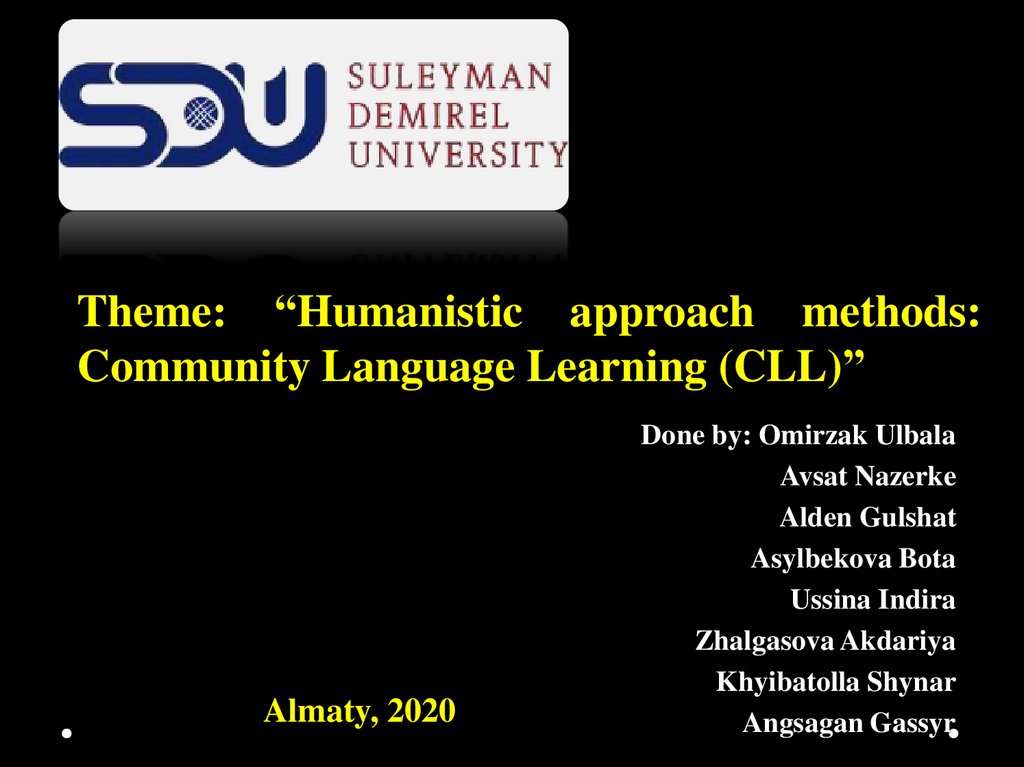













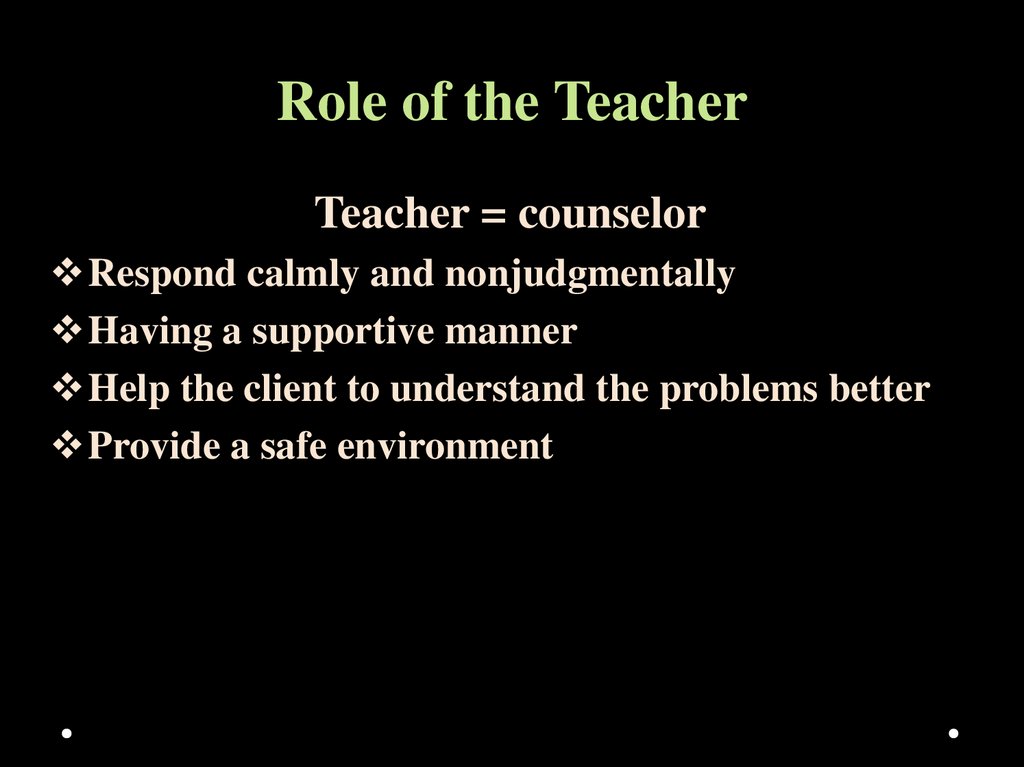
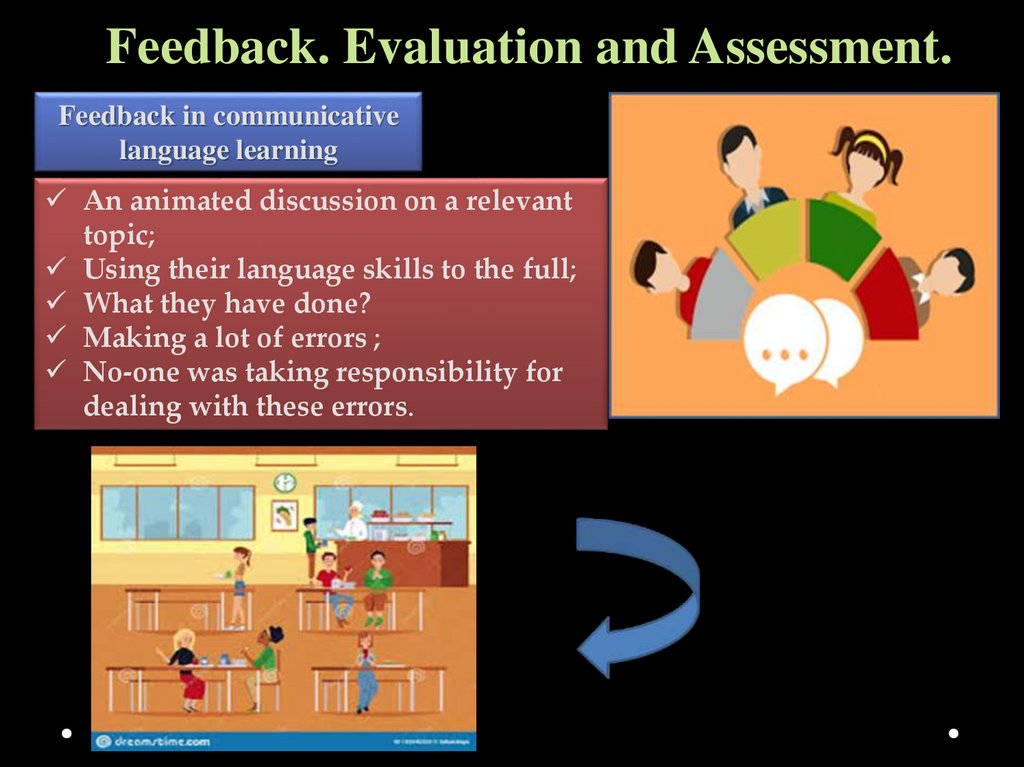

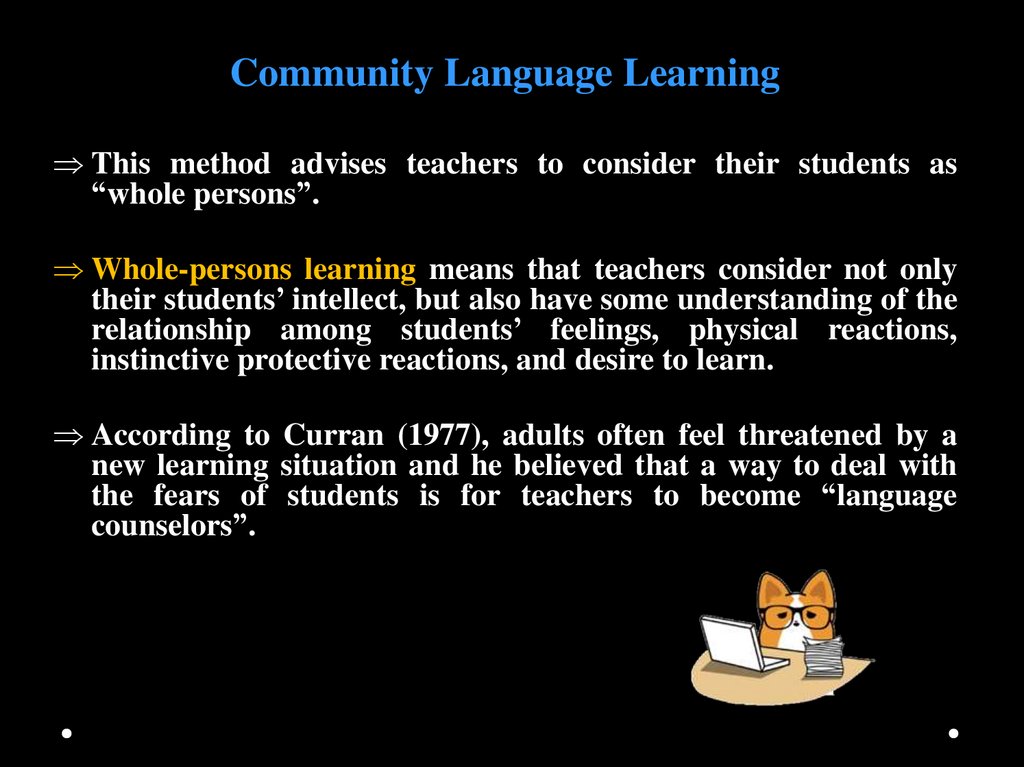
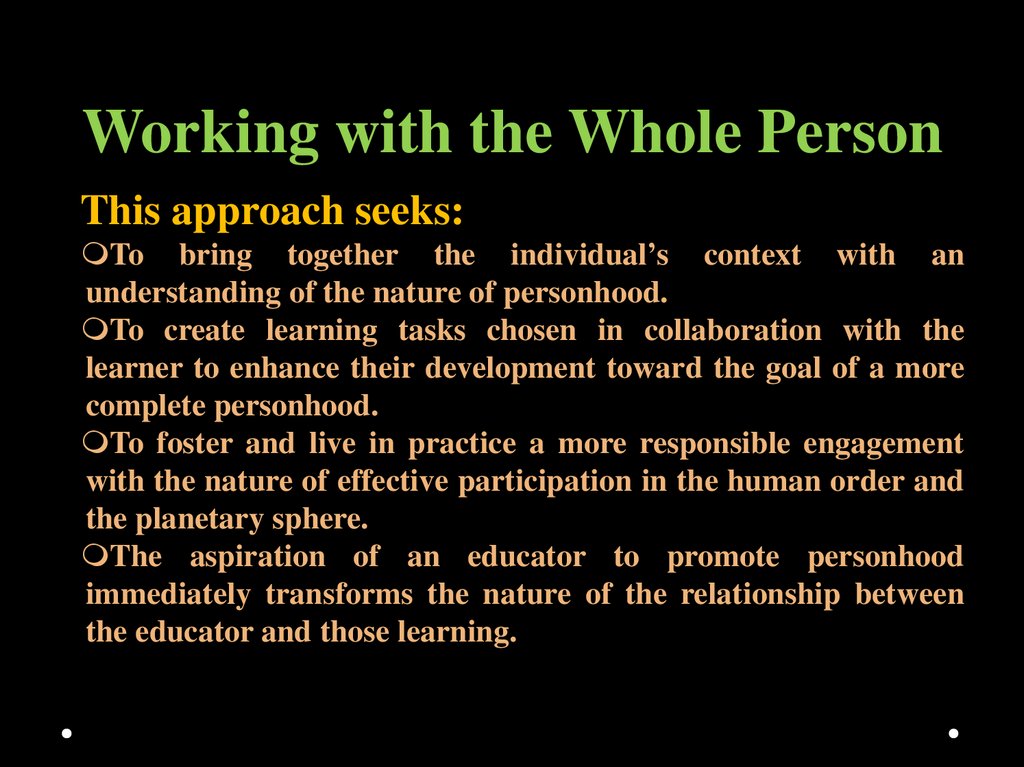
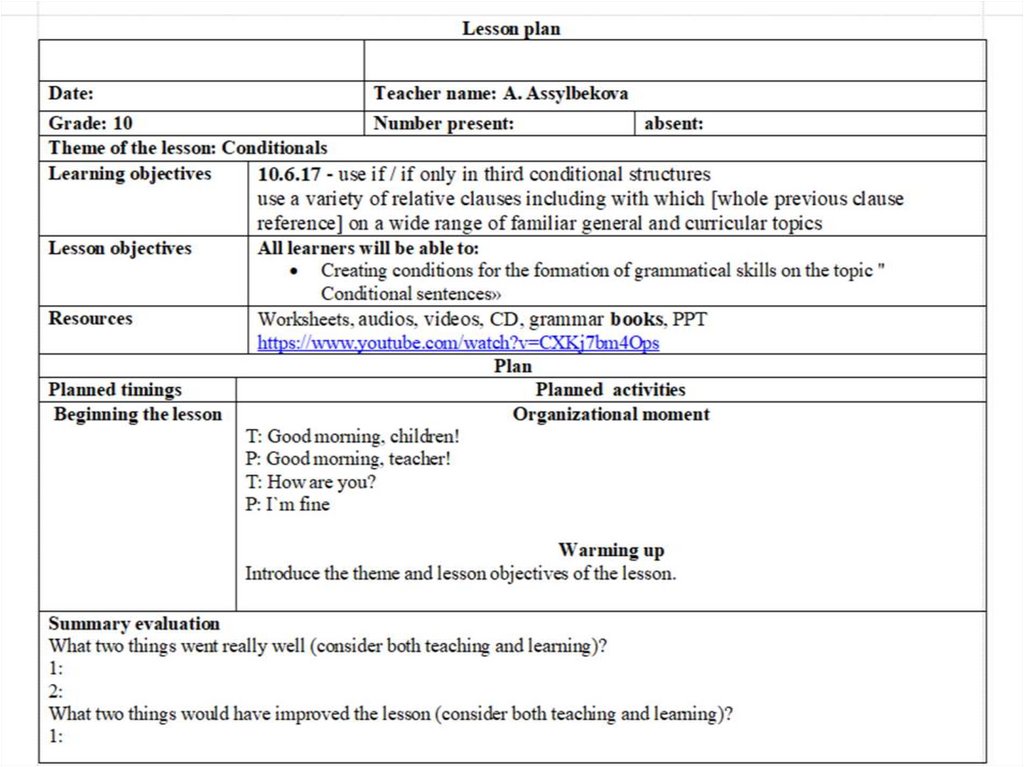

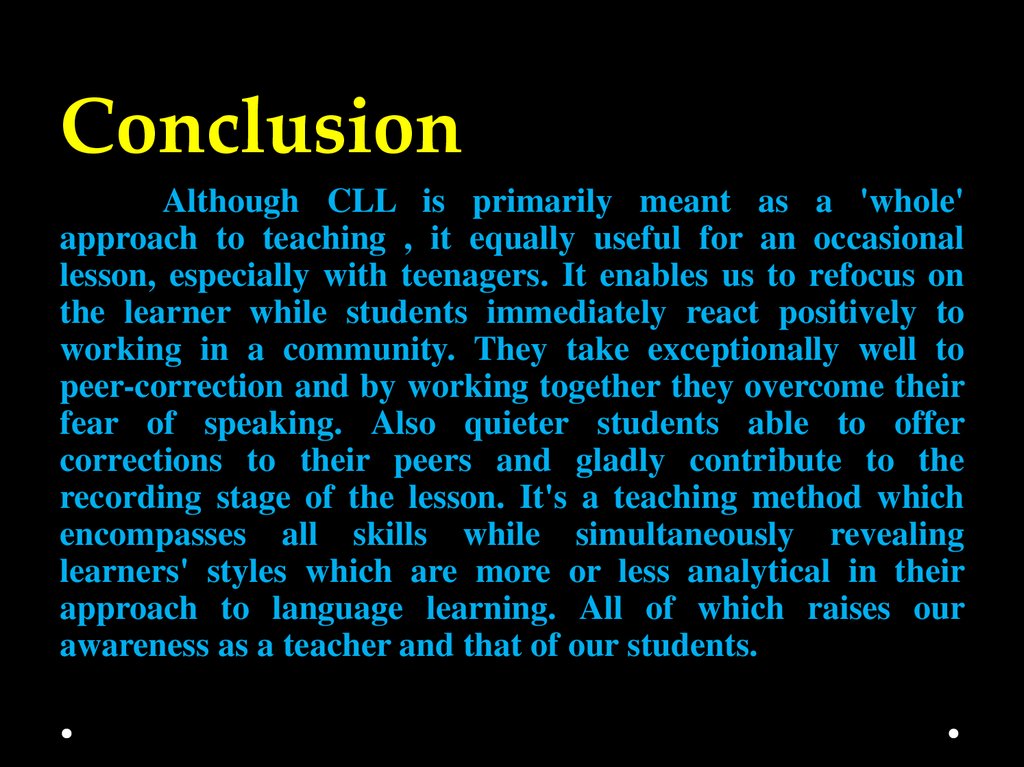
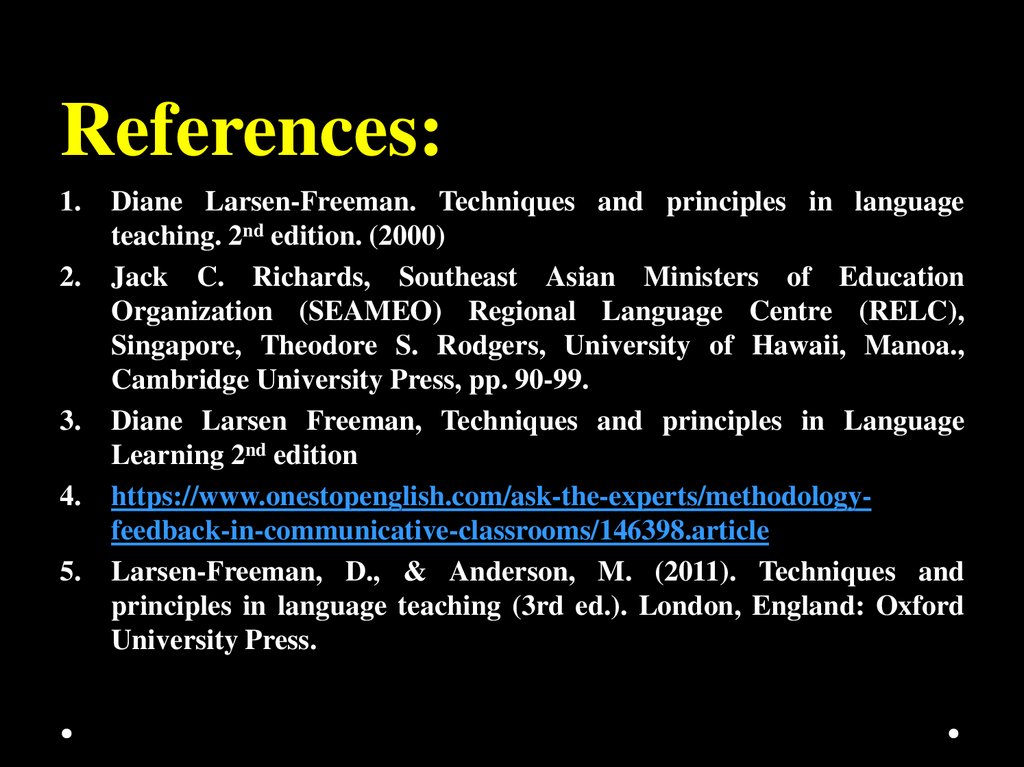

 Лингвистика
Лингвистика








